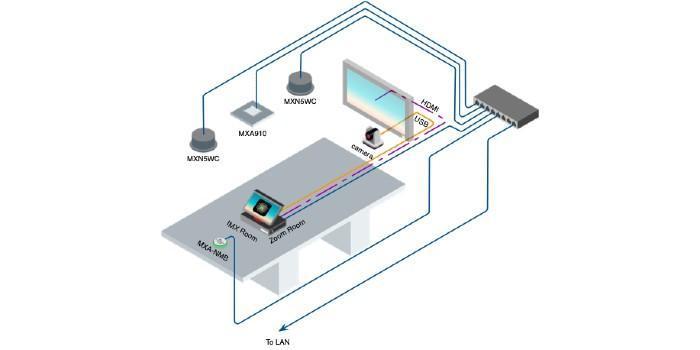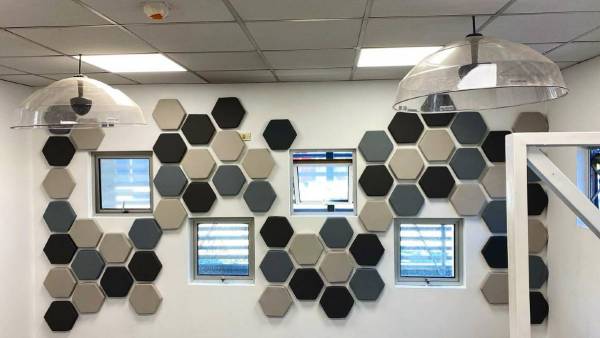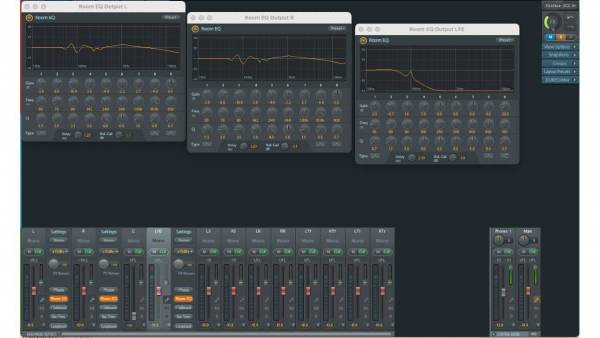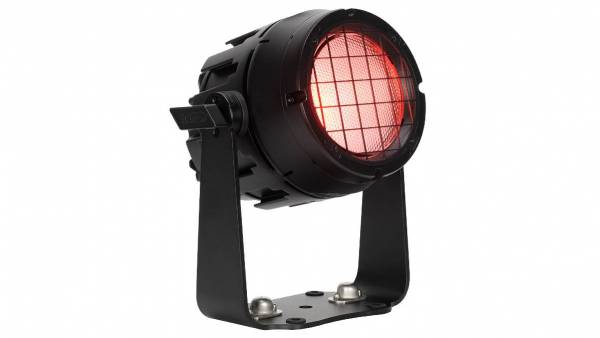 This audio processing is key in any video conferencing room with multiple participants. Basically, it is responsible for unifying the microphones and speakers with the videoconferencing equipment.
This audio processing is key in any video conferencing room with multiple participants. Basically, it is responsible for unifying the microphones and speakers with the videoconferencing equipment.
Jorge Jacome*
The use of remote collaboration tools has taken an impressive turn at all levels of a business organization; from allowing its members to make video calls in a personal format from their homes, hotel rooms or traveling by Taxi or Uber, to having multiple technological spaces of various shapes and sizes, to communicate and facilitate the exchange of ideas between co-workers, and, why not, to fulfill the essential purpose of the company, which should be to create a connection with your customers, meet a specific need and close a business satisfactorily.
When we talk about remote brainstorming rooms, known as Collaboration Rooms or Videoconferencing, we can immediately think of large telepresence brands such as Cisco, Poly, Microsoft, Zoom, among others, and we can not deny that their software-based products have acquired an impressive popularity thanks to their practicality, easy installation on a large scale, tools and cost.
Now, if we follow this line of ideas using software-based video conferencing solutions known as "Soft-Codec", we can find two architectures or connection designs in a boardroom so that a person can start a call:
The first connection technique is known as BYOD (Bring Your Own Device), which allows the user to connect their Laptop directly to ports located on the TABLE of USB and HDMI type (traditionally) and in this way link with the Audiovisual technology of the room. Finally, the user can start the video conference from their own Laptop taking advantage of the AV infrastructure of the room.
Analyzing this, the apparent benefit is that any user who enters the room can easily connect their personal equipment and use microphones, speakers, audio processing and image projection screens, to collaborate with other people.
Unfortunately this architecture has a slight drawback; if we put ourselves in the shoes of it staff, this format is usually a bit problematic since each computer is a different world and the risk of a technical problem arising is very high.
Who has not happened to connect your laptop to a room of this type, the audio or video is not detected correctly and we call technical support a few minutes after starting a meeting? Usually these supports are very simple, but unfortunately they take valuable time away from IT staff more often than we can imagine.
The second type of connection is the so-called "In-Room PC" (dedicated or native computer). This means that we assign a computer, traditionally of the enterprise miniature type, to be the brain of the room using a special Soft-Codec of type "Room", such as Microsoft Teams Room or Zoom Room that, by the way, this computer will also have connected the AV equipment. With this, the user simply enters the room and clicks to "start video conference" without the need to manipulate or have interaction with the native computer.
If you are wondering, how can I share my Power Point presentation when we do not have access to the PC or an HDMI cable?, I suggest you see the tools offered by the Soft-Codecs type "Room"... Surprise: Wireless video over WiFi or Network Cable. Although they are also compatible with external third-party systems.
The main advantage of this "In-Room" architecture is that we minimize the error factor and the time spent supporting connection problems. This is thanks to the fact that the computer is "out of reach of the user" and only gives him access to start the videoconference with one click, as well as to use the Unified Communications tools that the Soft-Codec type "Room" may have. (Example: Room scheduling, Multiple displays... this may vary depending on the manufacturer)
Those who have accompanied me to this point in the newsroom will have noticed that I have imaginatively guided you to a videoconferencing room, the size you prefer, where we will find several people around a table. This room has an "In-Room" computer with a Soft-Codec type Room and around us we can see, probably a ceiling microphone, a few ceiling speakers, the video screen and surely a small Tablet on the table with the graphical interface of the Soft-Codec... mmm I think we are missing an important element... the Audio Processor! (Audio DSP).
This audio processing is key in any video conferencing room with multiple participants. Basically, it is in charge of unifying the microphones and speakers with the videoconferencing equipment that, in addition, performs intelligent audio automation processes such as Automatic Mixer, Acoustic Echo Cancellation, Automatic Gain Control, Noise Reducers, among others.
We could say that he becomes our "automatic audio engineer" in charge of taking care that our voice, and that of the other participants in the room, is heard loud and clear in the remote site.
And well, with this we have established the fundamental bases to talk to you about the most important thing in this newsroom ... Shure IntelliMix Room.
Shure IntelliMix Room is the first Audio Processing software, optimized for "In-Room" rooms and Shure conference systems. This processing is designed with all the necessary tools to eliminate echoes, reduce background noise, microphone automation, and high security with AES256 encryption, among other functions, to improve the audio and communication experience of the room.
IntelliMix Room was designed to be a great solution in unified communications rooms, helping to significantly reduce installation and configuration times, simplify the connection architecture, and offer an "IT-friendly" platform for easy and scalable deployment, all with the aim of reducing costs in small and large-scale organizations.
Each processing license will be available in versions of 8 or 16 microphone channels, and we can choose between two options of licensing periods, these being 3 or 5 years. With the latter, we managed to offer a professional product at a very low cost, in a format that can be adapted to the periods of technological reinvestment and renewal of corporate licenses that companies carry out year after year.
In addition to these dedicated channels for Dante microphones, we will also find 8 additional input and output channels for both versions. These extra ports will help us inject from external audios into the Dante network, to connect to other networked devices such as Shure MXN5 speakers to maintain a single simplified connection infrastructure and minimize the number of external physical equipment.
Finally, IntelliMix Room allows us to use virtually any audio port of the computer in which it is installed, that is, from the headphone output channel, the HDMI audio output, to the Bluetooth port. This means that the versatility of connection is very wide and allows us to adapt to different circumstances. For example, if we had a small room where we had a Soundbar as a speaker system, we can send the audio already processed by the HDMI cable until we reach the Soundbar.
Getting extraordinary audio for your collaboration rooms has never been easier.
*Jorge Jácome is a market development specialist for Shure Latam.


























Leave your comment